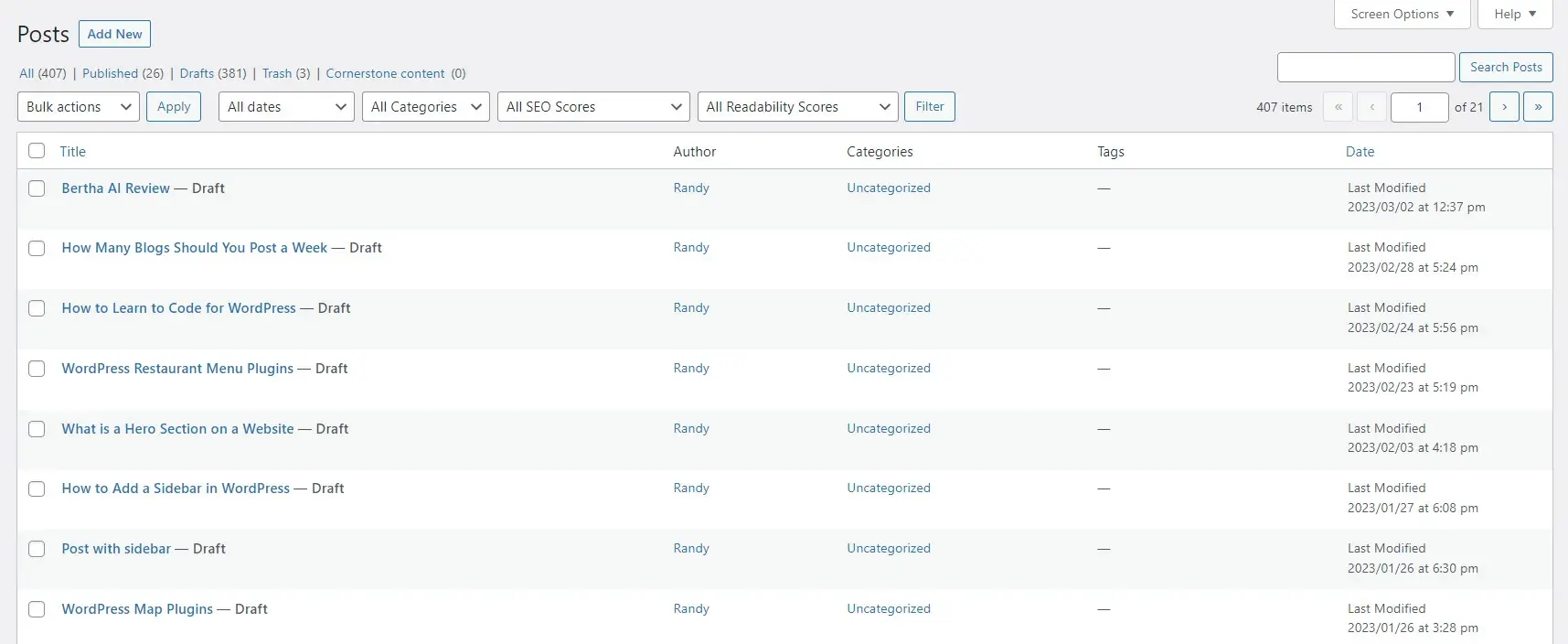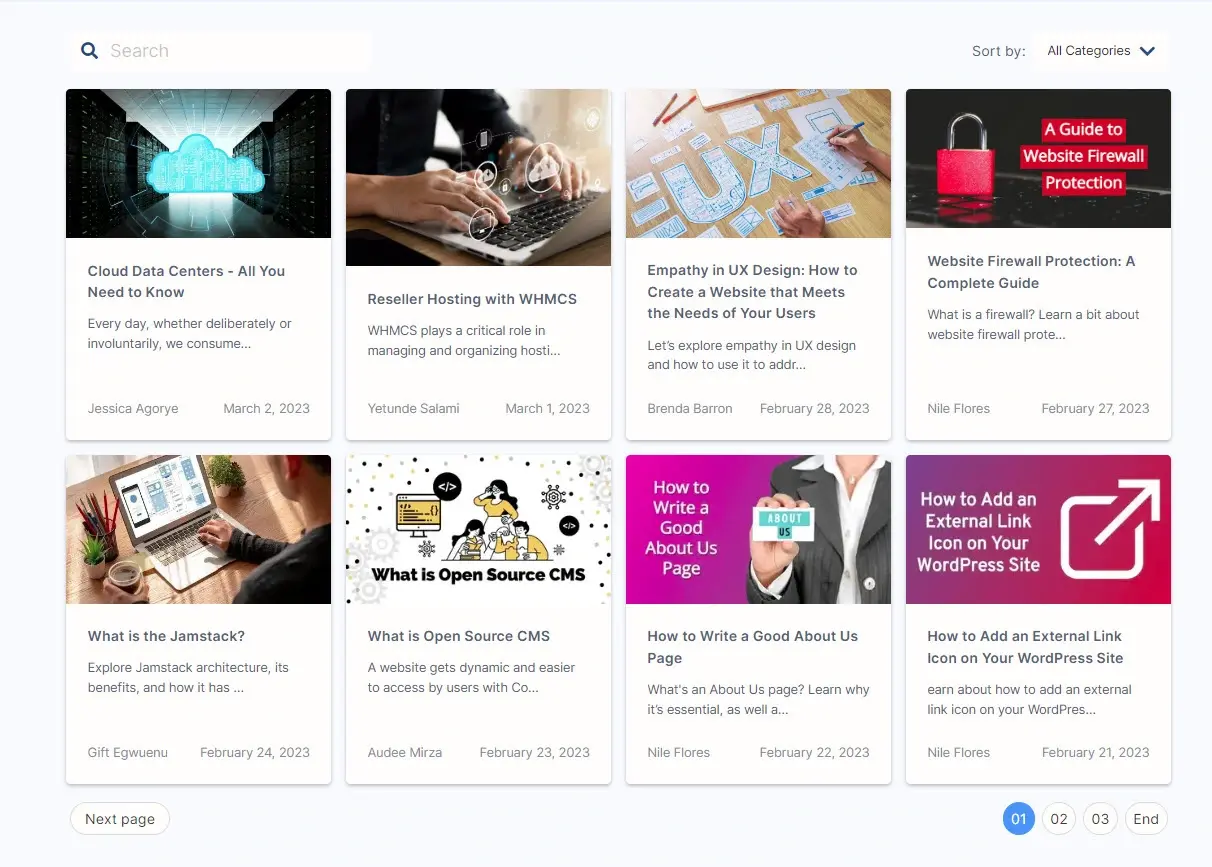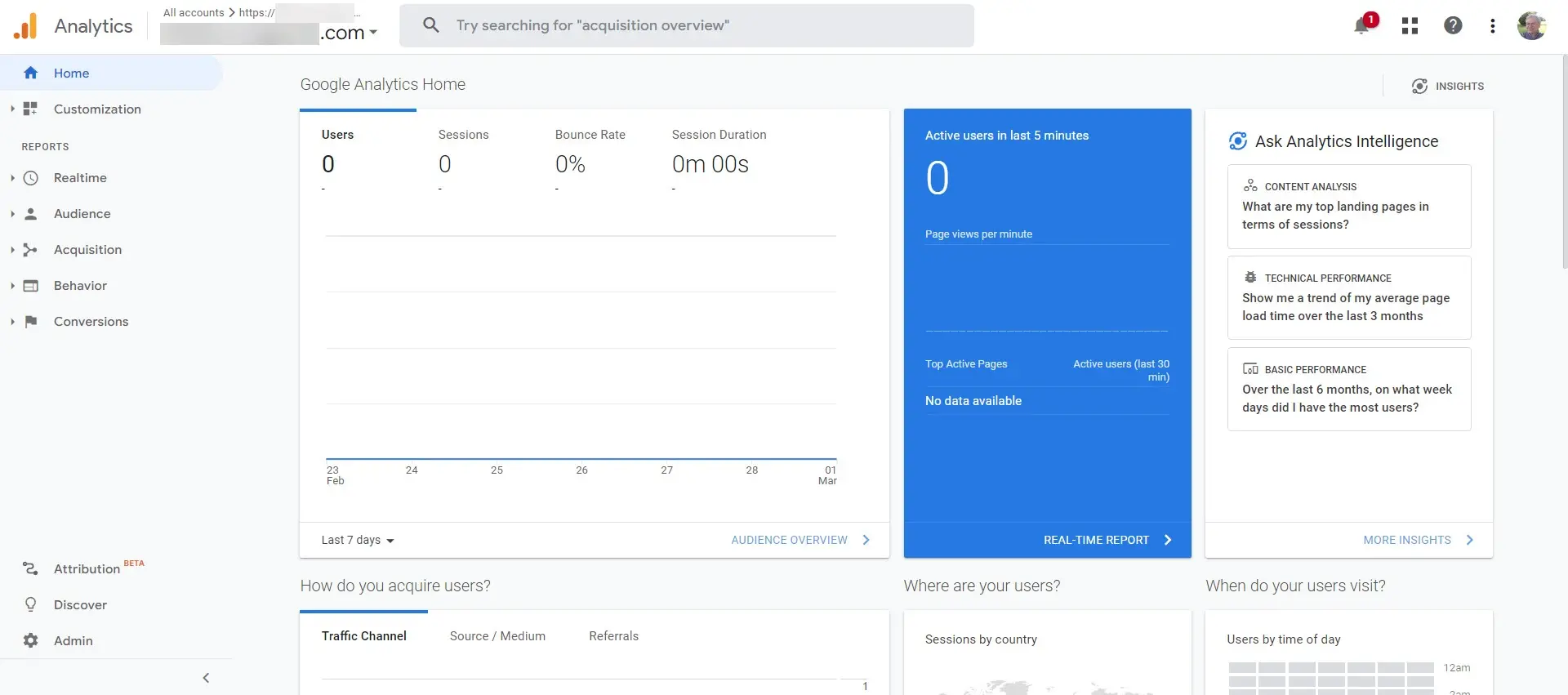How many blogs should you post a week? This is a common question among blog publishers. The answer depends on a lot of factors. Every website and niche are different. Every website’s goal is different. Every audience is different. There is no one-size-fits-all answer to this question. However, there are some guiding principles that will help you decide the best answer for your blog. In this post, we’ll examine the question of how many blogs should you post a week and provide the information to help you decide for yourself.
What is a Posting Schedule?
The approach of publishing blogs weekly is known as a posting schedule. Blogs have different approaches to the posting schedule. Some post whenever the content is ready, meaning they just post whenever they can. This method doesn’t follow a strict schedule. Others post a certain number of days per week, but the days might change from one week to the next. Some post on specific days, while others post at specific times of the day.
Do You Need a Posting Schedule?

A posting schedule can help keep you on track. It tells your audience when they can expect new content. This helps increase their anticipation and they’ll know to look for your content regularly.
A posting schedule helps build organic traffic. It improves and utilizes your SEO to build traffic over time. Google crawls every post on your website. The more content you have, the better your chances of finding an audience. A posting schedule also helps build brand awareness. For more about SEO, see the article Search Engine Optimization (SEO) for Blogs.
Schedules can be as strict or lose as you like, but, as we’ll see, there are advantages to holding a stricter schedule. However, a schedule doesn’t have to be rigid. If your content is time-sensitive, such as news or sales, then you should post the content as soon as possible. This type of content can become outdated or irrelevant if you wait for a certain day based on a publishing schedule.
Regardless of the type of posting schedule that works best for you, the posting schedule should be part of your marketing plan. So, yes… you need a posting schedule.
What to Consider for Your Posting Schedule
How large are your website and team? We all have limited time and resources, and our posting schedules can’t exceed those limitations. Creating the blog content yourself can require a lot of your time. Hiring writers to create the content will require a lot of resources. If you have limited resources, posting once or twice per week is ideal. Also, keep in mind that updating older content counts, too. So, it doesn’t just have to be new content.
How much content does your site have? If your site has very little content, then it’s more important that you post often. How much content does your audience search for? Depending on the topic, an audience might need daily content, weekly content, or something between the two.
What are the goals of your website and what is the purpose of your blog? Is it for lead generation? Is it to promote your shop or services? Is it to provide information to the public? Each of these uses the blog in different ways and has different needs. For examples, if the blog is used for content marketing, then posting more often makes sense.
How to Choose Your Posting Schedule

There are lots of things to consider when choosing your blog posting schedule. On average, most blogs should publish 2-4 blog posts per week. However, there are a lot of things to consider that might make you want to post more or less often. Let’s look at a few things to keep in mind.
Consider Your Website’s Goals
Your posting frequency will depend on the goals of your blog. Your content can be a mix of new content and updated content.
If your goal is to increase your traffic, then posting more often is better. Blogging should be a higher priority. In general, the more often you publish on your blog, the more traffic you’ll get. It will bring in more organic traffic and readers will return more often to see your new content. In general, follow these guidelines:
- Smaller Blogs – 3-4 posts per week.
- Larger Blogs – 4-5 posts per week.
If the goal is to build your brand, you won’t need to publish as often. It’s better to have posts that are more focused on the goal and provide value that highlights the brand. These posts can be larger and more in-depth. Follow these general guidelines:
- Smaller Blogs – 1-2 posts per week.
- Larger Blogs – 3-4 posts per week.
Consider the Competitiveness of Your Niche
The more competitive your niche, the more important it is to blog more often. In general, a posting schedule could be based on the competition of the niche, and look something like this:
- Highly competitive niches – 4-6 posts per week.
- Most niches – 2-4 posts per week.
- Evergreen niches – 1-2 posts per week.
Consider the Type of Content

Certain types of content should be posted more often than other types. For example, lists can be posted more often than case studies. These types of content have different purposes. Lists provide information that’s easy for readers to consume quickly. Case studies are more difficult to read and require more time to consume. Readers are more likely to come back to the site for the next list than the next case study.
If you create different types of content, place them in your publishing schedule based on their content types. In general, content that is quick and easy to consume can be posted more often while content that’s more difficult to consume can be posted less often.
Consider Your Audience
Your target audience will also affect your post frequency. If your audience is professionals or academics that do research throughout the week, but not on weekends, it wouldn’t make sense to publish blog posts on days they’re off work. Also, they probably can’t interact with too many posts per week. This could be considered a B2B (Business to Business) audience.
If your audience searches the internet every day for content, then it makes sense to most every day. This is a B2C (Business to Consumer) audience.
Consider the Size of Your Team
Also, consider the size of your team. Don’t plan more than your team can handle.
A team of one shouldn’t try to post every day. There’s only so much you can handle and you’re already running the rest of the business. It’s difficult to plan the topic ideas, create the content, and promote the content while running the business.
If you have a medium-sized team, such as a small agency, they could share the load and create post content or hire writers to create it. A team can bounce ideas off each other and reduce the planning time.
For a large team, you could have full-time staff creating the blog content. It makes sense for larger companies to include blogging in their marketing tasks.
If you have enough funds, you could hire writers to create the content for you. This is a great way of extending your marketing dollars outside of your team without hiring more staff.
Consider the Size of Your Posts
There are a lot of options for the size of posts. Some prefer lots of smaller posts. Others prefer fewer large posts. Regardless of which you choose or how you want to mix it, consider the post size in your publishing schedule.
Determine what you can handle and focus on that. Lots of small, consistent, posts eventually add up to a lot of content. Publishing one or two small posts per week is better than publishing one large post now and then.
Consistency vs Frequency
I’ve mentioned several times that you need to publish consistently. Publishing consistently can be more important than publishing frequently. Readers can get in the habit of returning to your blog on certain days to see your new content. Once they’re in this habit, keeping that schedule can be more important to them than the number of posts you’ve published.
Quality vs Quantity
In general, quantity can bring in traffic and quality can keep them on your site. You need both. However, quality is more important than quantity. Without high-quality content, your blog could look like keyword stuffing to gain traffic. Those types of blogs rank lower due to low quality. Higher-quality posts can get more shares and backlinks, which will increase your traffic.
Don’t force your content just to hit a publishing schedule. Missing a day is better than posting bad content. You don’t have to post every day. Many professionals consider 2-4 times per week to be an ideal posting schedule. Also, there is no one best posting schedule for every topic and audience.
For more about writing quality blog posts, see the article How to Write a Good Blog Post.
Test Your Posting Schedule

Rather than deciding on a schedule and sticking with it, it’s best to test the schedule and choose which is the most effective. Utilize Google Analytics and make sure to get a large sampling before making hard decisions. It’s also a good idea to evaluate blogging statistics to see what the audience expects, see how long they spend reading a post, and see which word count you should target.
Test the specific days and the number of days. Look at the number of comments and the number of shares on social media.
Look at your competition’s schedule and see which seems to be the most effective. Many of your competitors have already tested their posting schedules. Look at the number of comments they receive on the first day.
Consider the post content while testing. Certain types of content will get better traffic than others regardless of the day or time of year it’s posted. Also, consider the time of year and any special events. It’s not wise to make crucial business decisions based on traffic around an election, the Super Bowl, or Black Friday. Internet traffic changes during those events. Instead, consider the season in general.
Keep in mind, just because you get more traffic doesn’t mean it’s good traffic. Look at the quality and value of that traffic. You don’t want more bots or trolls. You want more traffic that meets the goals of your website. Even with traffic, quality is better than quantity.
Also, there’s a point where the return on your investment drops. If you publish twice as many posts but only see a 2% increase in traffic, then you have to consider if that 2% increase is worth the investment of double your posts.
Questions to Ask Yourself
Here are a few things to ask when deciding on your post frequency based on your tests:
- If you post more often, does your traffic increase, decrease, or stay the same?
- Does your bounce rate change?
- Does your retention rate change?
- How does your publishing schedule affect your CTA?
- What is the return on investment?
- How competitive is your niche?
Answering these questions will help you determine which schedule is best for your needs. If you’re still not sure, try posting 2-4 times per week for most niches and 4-6 times per week for more competitive niches. You can post slightly less often for evergreen niches. For more about blog niches, see the article Best Blogging Niches here on the Verpex Blog.
Ending Thoughts
That’s our look at how many blogs you should post in a week. There are a lot of factors to consider and there isn’t a perfect answer for every website. In the end, the frequency of blogs you should post in a week will depend on what’s best for your company and brand. In general, publishing at least 4 blog posts per week is a good goal. Smaller sites can post fewer while larger sites should post more.
As a rule, though, quality is better than quantity. The best goal is to publish the most content you can while maintaining quality, regardless of the number you post. How many blogs you should post in a week should match your website’s goals and audience.
No matter how many blog posts you create, the quality of your web hosting provider can make or break your site's performance. Check out our hosting products to ensure your blog posts are reaching the largest audience possible.
We want to hear from you. How many blogs do you post a week? Let us know in the comments.
Frequently Asked Questions
Why choose hosting for WordPress ?
WordPress is so popular because it allows people to create websites with total customization. With hundreds of apps available for one-click installations, creating something that’s eye-catching and unique is much easier with a CMS like WordPress. Learn more about WordPress optimized Hosting here.
Is web hosting profitable?
Web hosting is a profitable business since you don’t need a big investment in order to run it.
What is web hosting bandwidth?
Bandwidth means the data amount that can be transferred from the webserver at any given point in time.
Is self-hosting too complicated?
People who don’t have the technical expertise or any knowledge in coding might run into a bump when an issue arises on their website.

Randy A. Brown is a freelance writer from east TN specializing in WordPress and eCommerce. He's a longtime WordPress enthusiast and loves learning new things and sharing information with others. If he's not writing or reading, he's probably playing guitar.
View all posts by Randy A. Brown





















